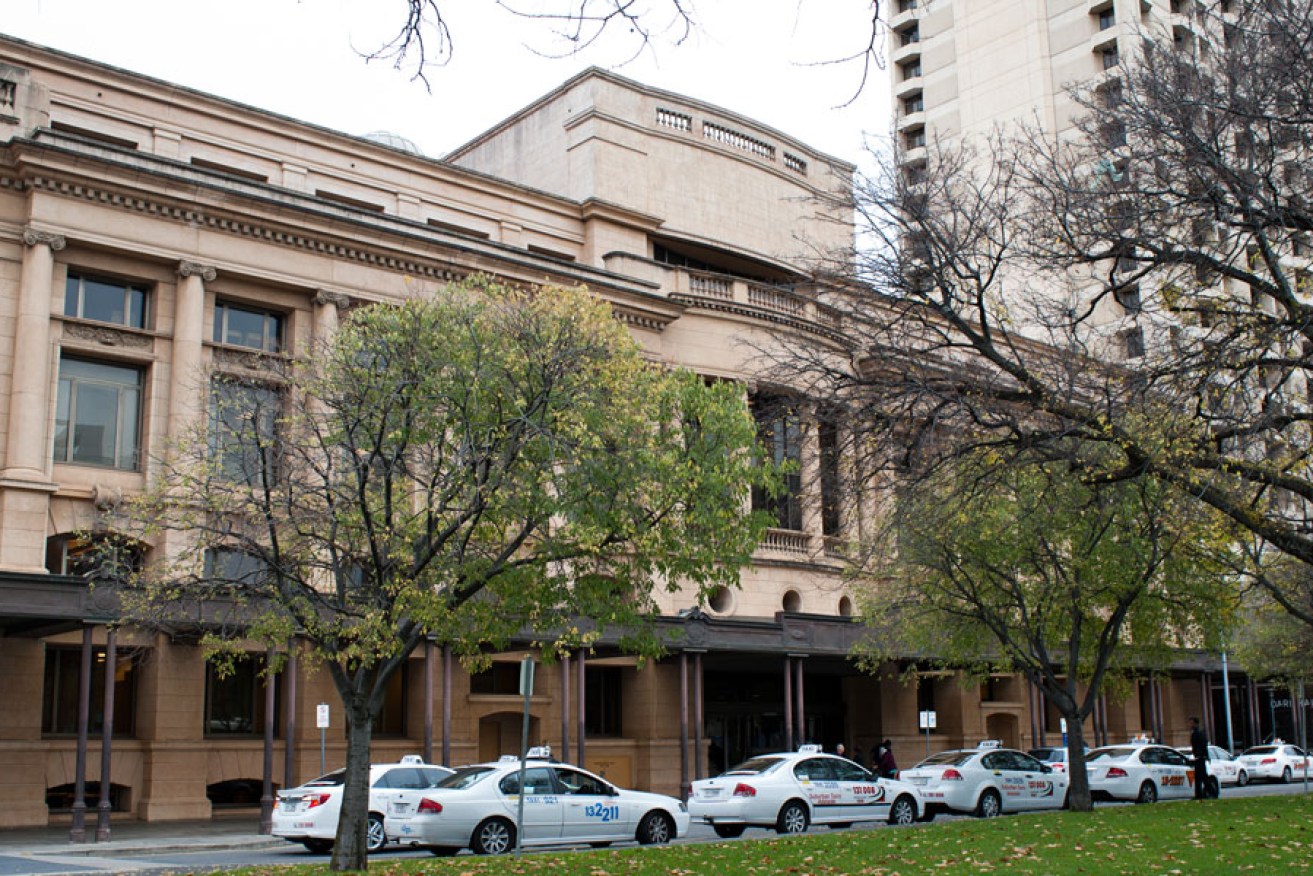Merging courts may be AG’s toughest reform


The District Court: merging it with the Supreme Court will require diplomacy and compromise.
It is perhaps unsurprising that a reformist Attorney-General like John Rau should eventually turn his attention to the courts themselves.
Not to confuse issues: the idea of a new court and new courts infrastructure is presently off the table because the government doesn’t have a spare half a billion dollars, and a private development was deemed not to be good value for the state.
Meantime the difficulties experienced by the courts, especially the District Court, grind on.
A clue to the Attorney’s thinking fell from his evidence before Budget Estimates last week – and that is the idea of merging of the District and Supreme courts and then the establishment of a Court of Appeal.
Before examining the merit of that idea, what is the history? As with a few remaining smaller jurisdictions such as Tasmania and the Northern Territory, South Australia used to have a Supreme Court and Magistrates Court only. The District Court came into being in 1969, as the “middle” court. In 1991 it became a court of record, meaning all its proceedings are recorded and transcribed.
Today it is the principal trial court for most criminal and civil matters. Murders and complex civil matters still go to the Supreme Court’s original jurisdiction; otherwise it is principally a court of appeal.
Because the District Court hears most trials above the jurisdictional limits of the Magistrates Court (and for a variety of other reasons including a gradual but noticeable increase in criminal matters over the years), the District Court is swamped and this is reflected in some less than impressive statistics about how quickly it can hear and conclude matters.
There are a couple of comments to make in defence of the court. Statistics can sometimes be misleading, and as one jurisdiction is never exactly the same as another, comparisons are often inaccurate. Second, the District Court is down several judges. In other words judges have retired and not been replaced.
Why that is so is a matter to be answered by the Attorney-General, however one would hazard a guess that it is, in part, due to cost. Indeed the idea to merge the District and Supreme courts may also be about trying to achieve efficiencies and thus save money.
So is it a good idea? The concept of reforming the courts undoubtedly has merit. Having a Court Of Appeal is hardly a novel idea. Such a system exists in New South Wales and other jurisdictions. It is also an acknowledgement that judges ought to specialise, which in my book is a key to achieve greater efficiency.
I have written before about the difficulty of running a “docket” system in the civil jurisdictions of the District Court. A docket system requires one judge to conduct a matter throughout its proceedings for “go to whoa”, such as occurs in the Federal Court, and it is the most efficient way to hear a piece of civil litigation.
While the District Court has said it intends to begin a docket system, until now the machinery of court has made it difficult because judges are expected to change from the civil to the criminal jurisdiction on a fairly continual basis. There is something to be said for ”mixing it up”‘ for a judge, but the present system undoubtedly has its shortcomings.
So long as a merging of the Supreme and District courts includes the ability to have one part of the court – and a cohort of judges – devoted exclusively to criminal matters, and the same for civil, such a system may work.
In this day and age it is difficult to find a lawyer who does not specialise. To expect our judges, drawn from the legal profession, to be expert and proficient in all areas of law is a long shot. True there are some all rounders whom we admire. More typically a judge will carry into the court those areas of expertise she or he has garnered in practice, and we may as well recognise that in the makeup of the court. The brightest and best appellate lawyers would then become the Court of Appeal judges. Those with a criminal law background, the criminal law trial judges, and those with commercial and civil litigation experience our civil law judges.
While it’s easy to write about reform – the true test is how the judges themselves will treat any proposed change. Every judge has an individual commission from Parliament. A head of jurisdiction has the ability to list matters but after that their authority is persuasive only. A bench of disaffected judges is hardly going to improve matters, so diplomacy, consultation and compromise will be required from our Attorney-General otherwise it will be a very hard road to hoe. Perhaps this is the most challenging reform taken on by our Attorney yet.
Morry Bailes is managing partner at Tindall Gask Bentley Lawyers, Member of the Executive of the Law Council of Australia and immediate past President of the Law Society of SA. The opinions expressed in this column are his own.
His column appears every second Thursday.
Disclosure: Morry Bailes is a member of the Liberal Party.




